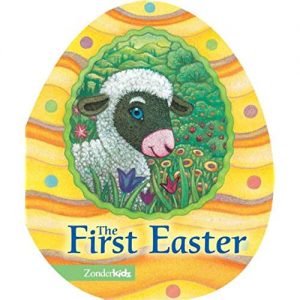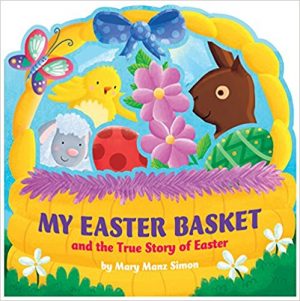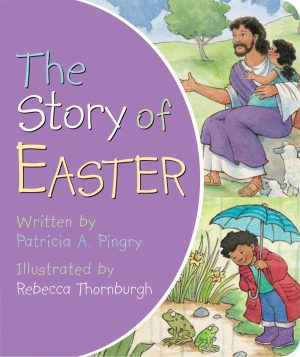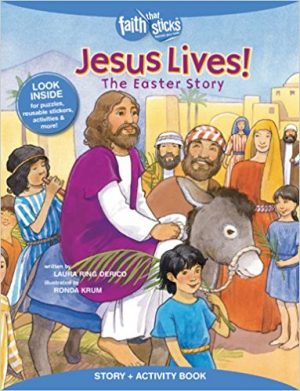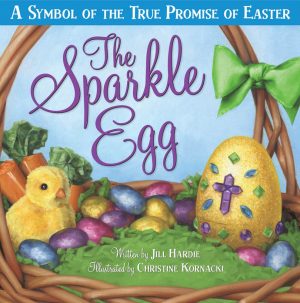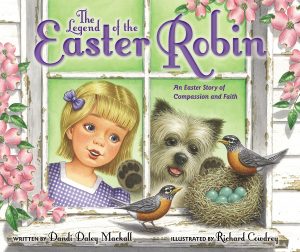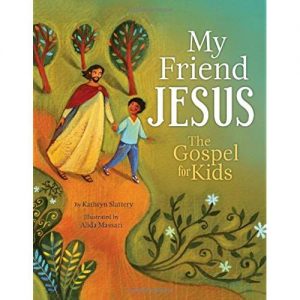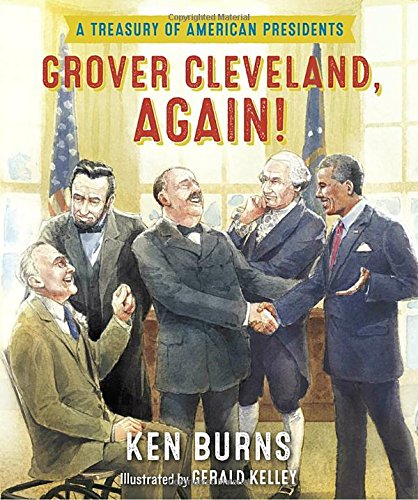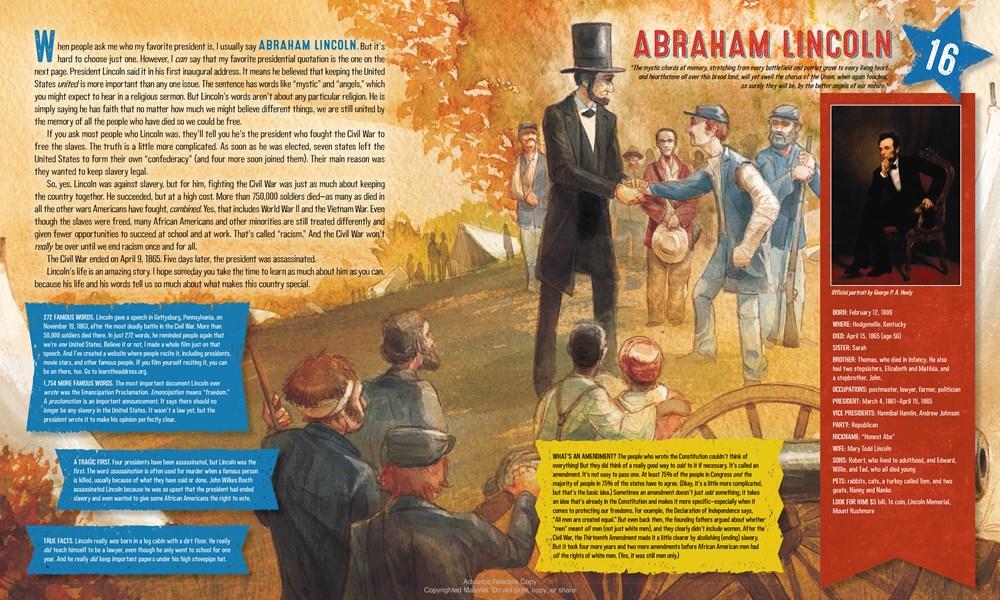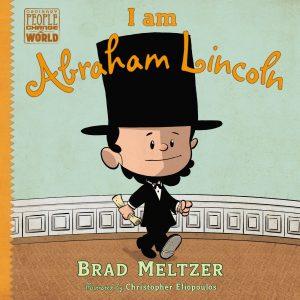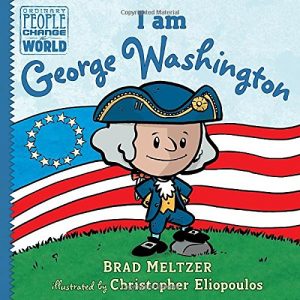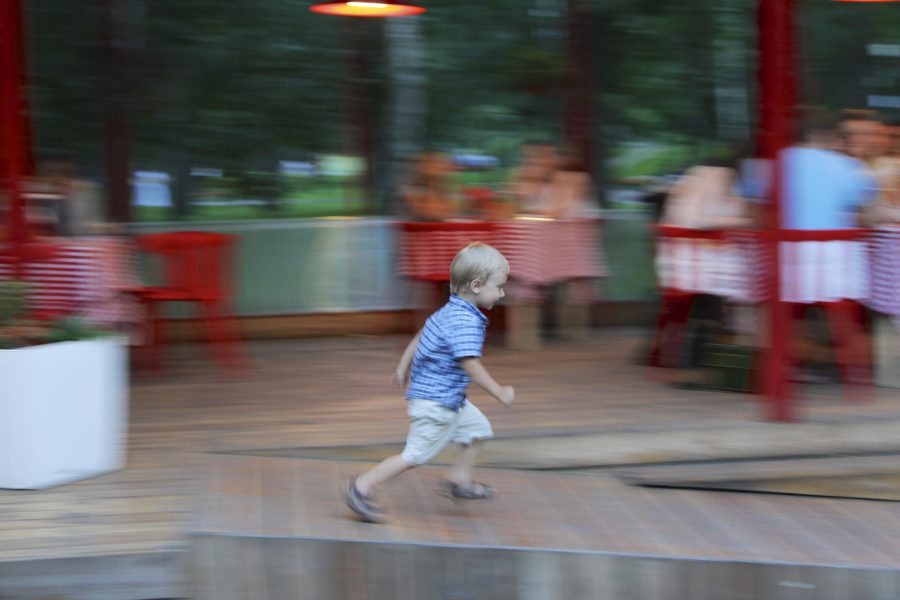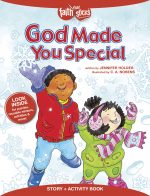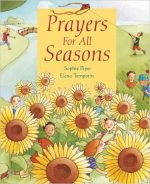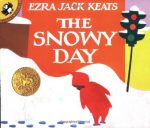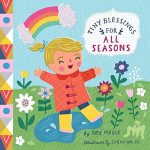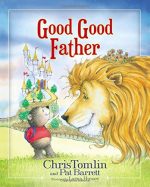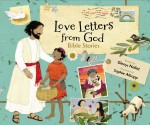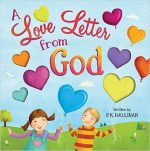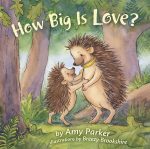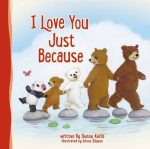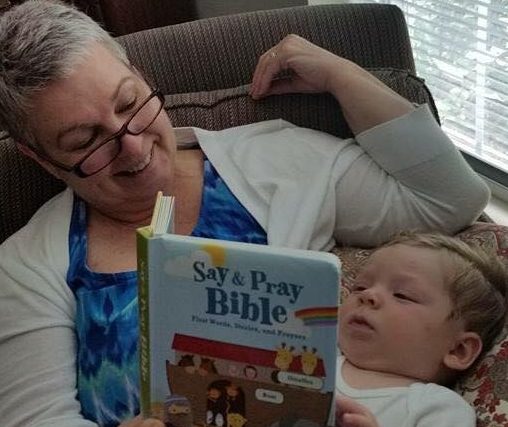 You want your children or grandchildren to know that God and faith are important parts of daily life, but sometimes it seems impossible, right? Getting everyone off to school or childcare and getting everyone to bed on time can seem like herding cats. How can you add one more activity to your family’s busy schedule?
You want your children or grandchildren to know that God and faith are important parts of daily life, but sometimes it seems impossible, right? Getting everyone off to school or childcare and getting everyone to bed on time can seem like herding cats. How can you add one more activity to your family’s busy schedule?
The good news is, you don’t have to. Just bring God into the things you are already doing with your family.
Part 1 of this series explores what it means to live the legacy you want to give your children and why that’s important. Part 2 looks at the starting place—our own relationships with God and with our children—and what God’s Word tells us about sharing our faith with the next generation.
Here in Part 3, I’m sharing ways you can begin to live a faith legacy for your children simply by bringing God into more of your family’s activities.
Talk
Help babies, toddlers, and preschoolers begin to connect God with their expanding worlds. For example, at the zoo or the beach or the park, talk about creation and thank God out loud for making what you see. Make it natural—“God gave the giraffe such a long neck!” “Thank you, God, for the birds we hear.” (Yes, we can talk to God without bowed heads or folding hands!)
If a child is afraid of the dark, remind him God is always with him as you give a hug and turn on a night light. With children of all ages, talk about the things you do and why you do them—celebrating holidays, serving others, or going to church, for example.
Form the habit of talking with your children to show them who God is while they are young. Someday you will need to be talking to them about how knowing God relates to drinking and drugs, sex, abortion, evolution, and a host of other issues.
Share the Word
Your children won’t know the Bible is important to you unless they see you reading it. During a crisis one Christmas, a friend’s young daughter grabbed her mother’s Bible and sat down to “read”—although she didn’t know how to read yet. She had seen her mother go to the Word for help and decided help was needed!
Besides the traditional devotional time some families have with their children at bedtime, other parents read the Bible aloud at breakfast with their children, or do their own reading aloud as children play nearby. They won’t understand everything, of course, but you will be surprised by how much they do understand and remember.
What kind of music plays in your home and your car every day? Little ears (big one too) easily absorb God’s Word set to music. Try Scripture Lullabies at bedtime. We also love the CD included in My Sing-Along Bible by Steve Elkins for a musical journey through the Bible especially for kids.
Pray
We all learn to pray by praying, and children learn by hearing you pray and praying with you. So be sure to add prayer to the times you are already with your kids—meals, bedtime, and anytime you’re talking about a problem.
When my daughter Sheila was five or six, a neighbor boy continually pestered her. Finally we told her, “The next time he bothers you, tell him that if he doesn’t stop, you’re going to let hit him back” (and she did). That ended the problem, but at work I heard another mom telling how her first-grade twins were handling a bully at school. Each night, she was praying with her twins for the child who was bothering them.
Why hadn’t I thought to do that? Praying about problems hadn’t become a natural choice for me yet.
Accomplishments, disappointments, illness, pets, your family’s needs and the needs of others—show your children how to bring each day’s experiences to God.
Serve
Involve your children in service with you. If you make a meal for another family, take a child with you when you deliver it. Are you passionate about a cause? Let your children experience why. One of my daughters takes her children when she cares for the children of refugee women while they attend English classes. Her boys are learning to value caring for others who are different from them.
Find Christian community
Show your children that not only their own family has faith in God—others do too. Include friends from church in play dates and social events. If extended family members aren’t believers, look around for those who could be surrogate grandparents or aunts and uncles to your kids and get together with them for holidays and special events.
Sometimes we hear that faith is more caught than taught … but the truth is, it is both. And your example—your choices every day—can model faith and teach it too. Just choose to bring God in to the activities your family is already doing.


